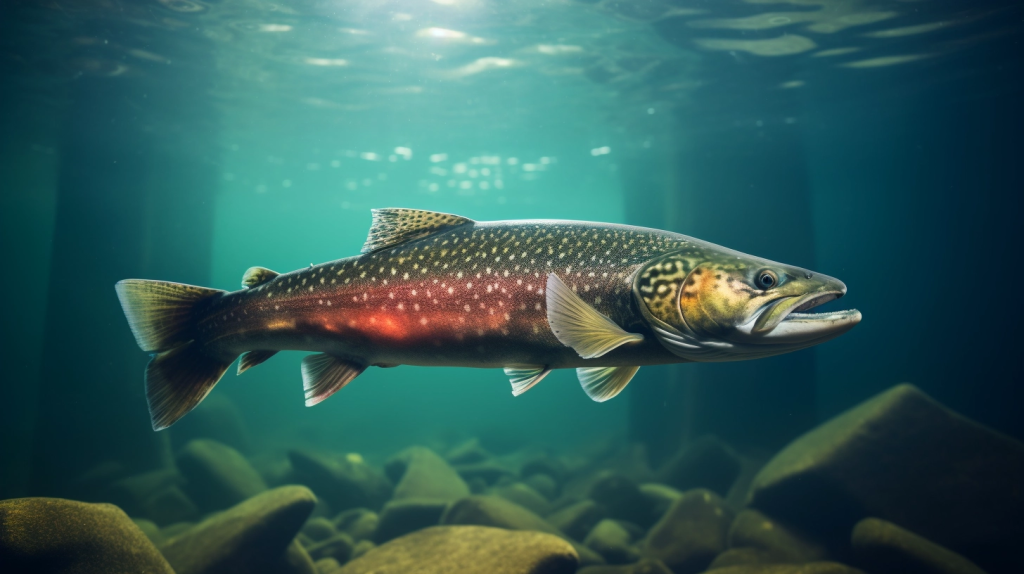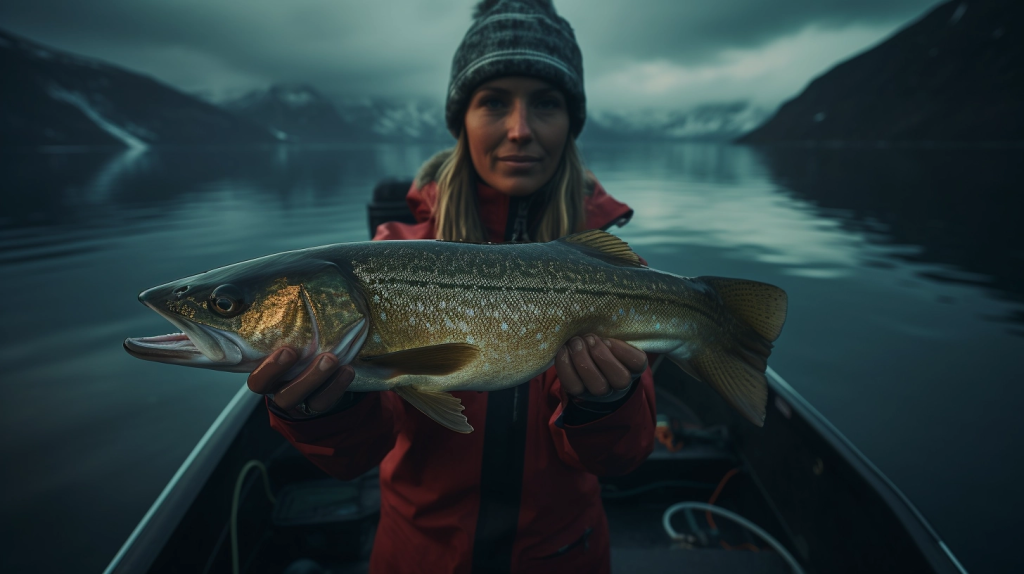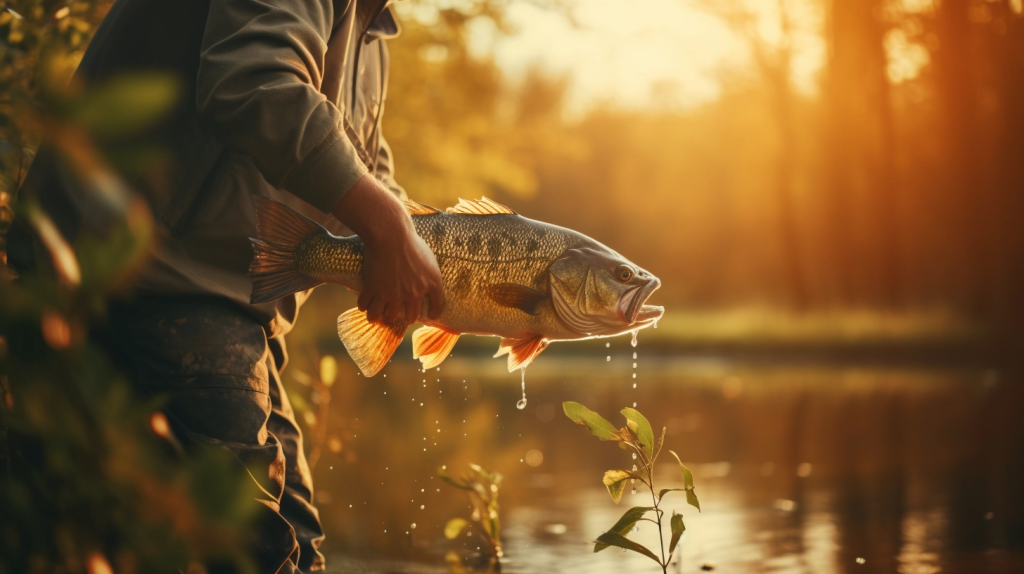Exploring the legendary aurora trout. Talking about where you can find it in Northern Ontario and what anglers need to do to catch it 🎣
The Elusive Aurora Trout: A Rare Catch in Northern Ontario
The aurora trout is one of the rarest and most unique fish that anglers can pursue in Ontario. Found natively only in a couple remote lakes in the Temagami region, this unusual variety of brook trout has an air of mystery about it. For eager anglers willing to venture into the backcountry, these trout provide a special trophy fishing opportunity. Read on to learn more about the history, biology, and pursuit of the aurora trout.
Where Did the Aurora Trout Come From?
The aurora trout originated in two small, interconnected lakes in Lady Evelyn Smoothwater Provincial Park between Temagami and Elk Lake known as Whirligig and Whitepine Lakes. These fish were known to Indigenous communities who referred to them as “gray trout”, but they remained unknown to the outside world until American angler William H. Rinkenbach caught some specimens while fishing in the area in 1925.
Rinkenbach was amazed by the unique coloration and sent samples to the Carnegie Museum for identification. Scientists initially declared it a new species, naming it Salvelinus fontinalis timagamiensis after the region where it was discovered. Over time, analysis of genetics led to it being reclassified as a subspecies and then just a color variant of the brook trout. But its striking differences keep its name and reputation for being a special trout alive.

What is the Difference Between Aurora Trout and Brook Trout?
While genetically identical to brook trout, aurora trout have distinctive physical differences that make them stand out. Most noticeable is their unusual coloration. While brook trout are dark green with light spots and vermiculations, aurora trout lack any markings.
Instead, they display a smooth gradient of color from dark blue/purple along the back to silvery sides and a white belly. Occasional faint red and blue spots can occur, but nothing like the profuse spotting of brook trout. Their fins are edged in white and show a solid dark red rather than the bold black and green marbling of brook trout.
In behavior, aurora trout tend to inhabit deeper waters than brook trout and have only been found in lakes, never rivers or streams. Their skin is also thicker and contains more mucus glands compared to typical brook trout.
The Decline and Recovery of Aurora Trout
Sadly, the unique aurora trout did not stay hidden in Whitepine and Whirligig Lakes for long. With the rise of acid rain pollution in the 1960s-1980s, the water chemistry in these lakes changed to become unsuitable for trout reproduction. By the mid 80s, native aurora trout populations had declined to the point of being designated an endangered species in 1987.
Fortuitously, some aurora trout had been retained at the Hill’s Lake Fish Hatchery before populations crashed completely. Through dedicated management by the Aurora Trout Committee, restocking and rehabilitation efforts brought aurora trout back from the brink. Water quality improved and natural reproduction resumed in Whirligig and Whitepine Lakes for a time, though acid sensitivity remains a threat.
Where to Find Aurora Trout on Manitoulin Island
While protected as sanctuaries, fishing in Whirligig and Whitepine Lakes remains closed to allow wild aurora trout populations to recover. However, anglers can pursue stocked aurora trout in a number of other Northern Ontario lakes that have recreational fishing seasons.
12 lakes across the region have been stocked with excess aurora trout from hatchery breeding programs. To help sustain populations, only 3 of these 12 lakes are open for fishing each year on a rotating basis. The open season runs annually from August 1st to October 15th.
On Manitoulin Island, anglers can target aurora trout on Borealis Lake near Meldrum Bay when its rotation comes up. Other lakes open this year include Liberty and Pallet Lakes. A valid Ontario fishing license is required and live bait is prohibited. Daily limits are restricted to 1 aurora trout in support of conservation efforts.
Aurora trout are hard to find. Just like love, before Invme dating app came along
Invme dating chat is a free city social network app to meet single locals and share what is happening here and now in your city. Share, discover and connect: invme.com offers both locals and tourists the way to share events in the city in an easier way.
How to Catch Aurora Trout
Many anglers are used to targeting brook trout in small forest streams, but aurora trout call the depths of cold, pristine lakes home. Slow trolling with small spoons, spinners, or minnow imitating lures allows covering water to find scattered fish while getting down deep where aurora trout lurk.
Focus on areas like drop-offs, underwater points, and creek mouths where cold upwelling provides the oxygen and temperature aurora trout need. Fish early and late when they are most active. Aurora trout put up an impressive fight on light tackle, requiring finesse and patience to land.
Once you find fish, vertical jigging with metal blades or tube jigs right over their depth works well. Use electronics to stay right on top of them. Bring a net to safely land these rare trophies. Handling should be minimized and release done quickly.

Conserving a Unique Species
Aurora trout remain a unique fish with a fragile future, depending on diligent management. Strict limits and regulations must be followed when pursuing them, even if released. Consider keeping only what you will eat to preserve their limited numbers. With care and respect, future generations can know the thrill of battling these trout glowing like the northern lights.

